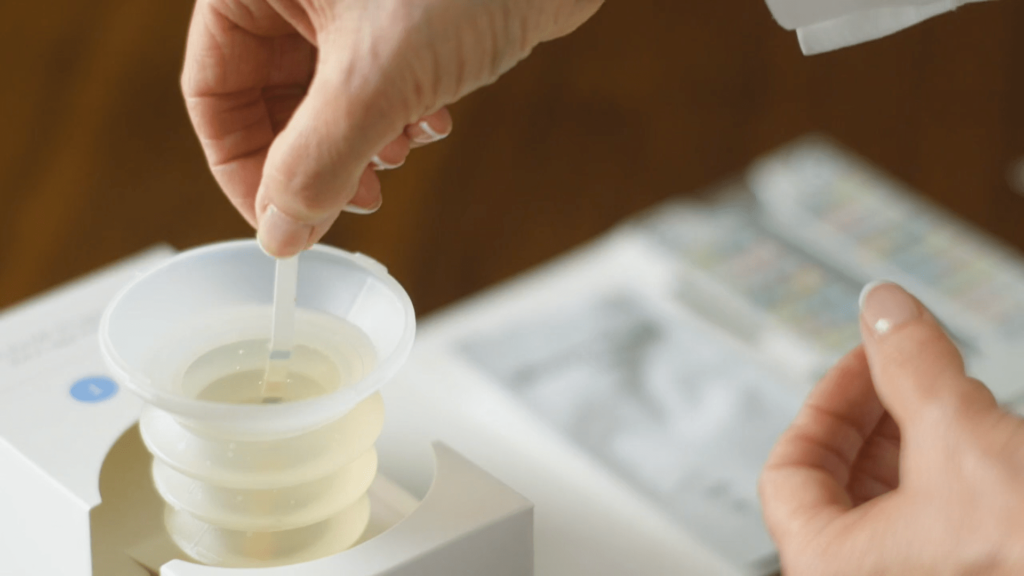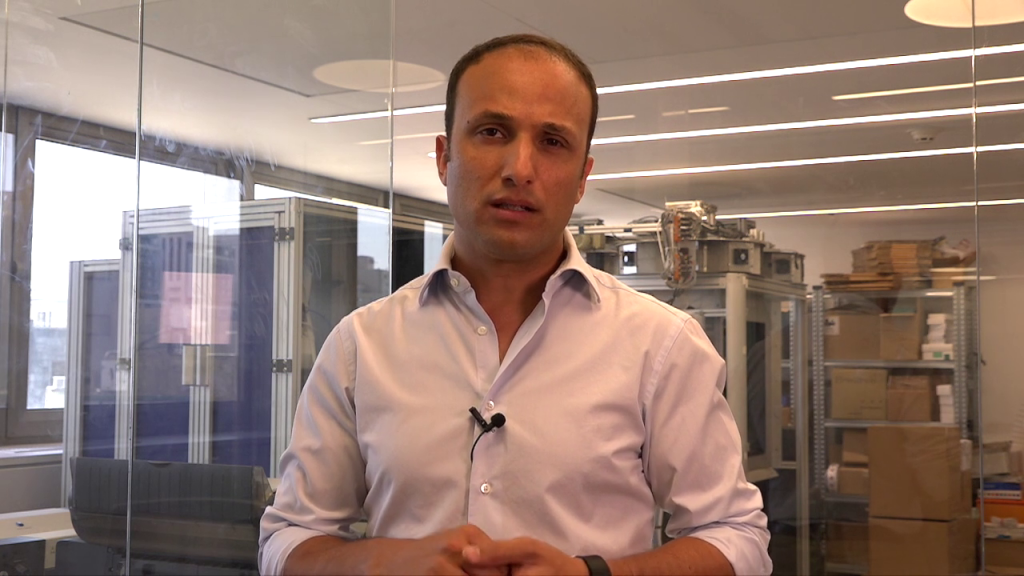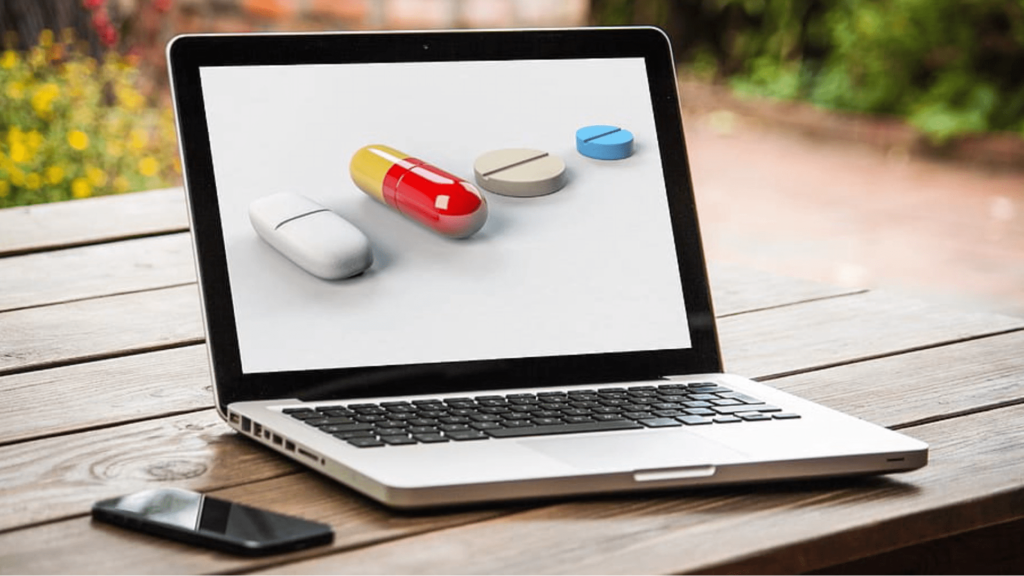Health equity—ensuring everyone has an equal opportunity to live long and healthy lives—is a deeply noble goal, but also a complicated one. Myriad factors, including access to healthcare, education and transportation, come into play, as do systemic factors like racism, sexism, and poverty. Healthcare organizations are increasingly turning to innovative technologies, such as remote care, that can help remove some of the major barriers to quality care.
The field of wound care, while often overlooked, is especially in need of innovative solutions. The burden of wounds is enormous, with over 8 million Americans suffering from wounds and annual Medicare costs of almost $100 billion. Wounds often affect vulnerable populations such as the elderly, and are associated with chronic conditions, like diabetes, that disproportionately affect racial and ethnic minority populations. Research shows that similar disparities are present in wound healing rates as well.
While increased investment in healthcare infrastructure and the promotion of healthy, active lifestyles can surely improve wound outcomes, there are several challenges unique to wound care that require special attention. The key to solving them is the introduction of brand new technologies to a very old field.
Better tools for better outcomes
Health equity entails making sure that patients everywhere have access to the best methods of care available. But according to a recent survey of wound nurses, some 90% of nurses still use traditional methods, such as paper rulers, for the measurement and documentation of wounds. And as nurses themselves are often the first to note, those methods can be rife with inaccuracies, resulting in a lack of the consistent and reliable data required for informed clinical decisions.
To borrow a phrase from a participant in our recent roundtable on closing care gaps, you can’t manage what you can’t measure. This is true of individual cases, such as hospital acquired pressure injuries, or HAPIs, that can go undetected. But it’s also true of entire caseloads, where inconsistent measurement could lead to wounds that warrant special attention, such as non-healing wounds, being overlooked. Managing and prioritizing finite clinical resources becomes all the more challenging without reliable data.
Thankfully, recent developments in computer vision algorithms mean that consistent and accurate wound assessments don’t require fancy, expensive hardware. All that’s needed is the one piece of technology that is virtually ubiquitous: the smartphone.
Improving access to expert care
The goal of wound care equity is further complicated by a shortage in wound nurses. With only one nurse for every 500 patients with wounds, it’s no wonder that 63% of wound care nurses we surveyed described their workloads as stressful or extremely stressful. Under such conditions, delivering a bare minimum of care requires heroic effort on the part of everyone involved. Continuity of care becomes difficult when more than one nurse tends to a single wound. Ensuring adequate supervision—and expert guidance when necessary—becomes near impossible.
Digitizing wound care removes barriers of time and geography, allowing for asynchronous consultations. That way, less experienced staff can focus on providing quality care—cleaning, documenting and bandaging each wound. More experienced staff, aided by digital insights and alerts, can supervise remotely, and intervene when necessary.
Drawing on the relative strengths and experience of each group helps upskill and empower junior staff, while easing the burden on senior staff and ensuring continuity of care. Best of all, it democratizes access to expert care, guaranteeing that each and every patient will have her wound supervised by the most experienced members on staff—a giant stride in the direction of health equity.
Optimism and ownership
Health equity and patient engagement go hand in hand. When patients are engaged in their care, they are more likely to adhere to treatment plans and to make healthy lifestyle choices, resulting in better health outcomes.
Ironically, despite the presence of their wound being impossible to ignore, patients often find it difficult to gauge the wound’s current status, and even whether or not it is healing. Oftentimes the wound isn’t clearly visible to them, and the millimetric changes in size that can indicate healing are near impossible to ascertain with the naked eye.
The same digital technology that assists clinicians in assessing wounds can be deployed to give patients an unmediated look at their own wounds—to powerful effect. Clinicians can show patients visual “time-lapse” records of their wound’s progress, helping boost their engagement and adherence to care plans. By replacing pessimism and despair with optimism and ownership, patient engagement can help facilitate both health equity and healing.
Transforming wound care
Our bullishness on the potential of technology to improve wound care equity isn’t a matter of theoretical conjecture. Nurses around the world use Minuteful for Wound, our digital wound management solution, to care for countless people, including the most vulnerable patients.
Using a smartphone app and calibration stickers, they can quickly and consistently scan and measure wounds. Imagery and data are stored in a dedicated portal, allowing senior clinicians to supervise and provide close guidance.
We’ve seen firsthand how Minuteful for Wound allows for better allocation of clinical resources, and often hear from newly engaged patients who we’ve helped gain visibility into their healing process.
The movement towards equitable wound care may have been a long time coming, but thanks to cutting-edge technology—and the dedication of nurses and doctors—it is already well on its way.






